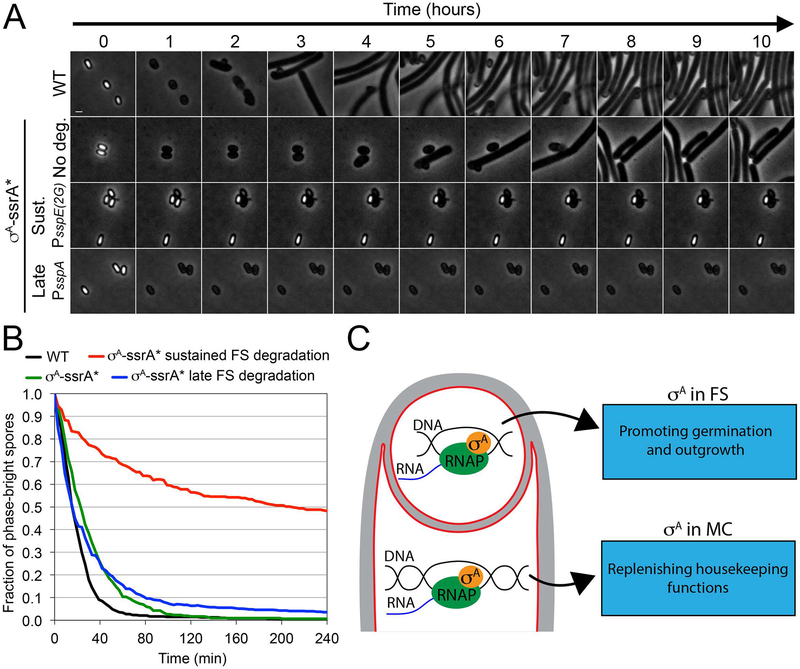Figure 7. Forespore σA contributes to spore germination and outgrowth.
A. Phase-contrast timelapse microscopy of germinating spores from wild type (WT), σA-ssrA* (No deg.), σA-ssrA* sustained forespore degradation (Sust.) and σA-ssrA* late forespore degradation (Late) strains. Images taken every hour for 10 hours are shown. Complete time series of images taken every 3 minutes for 10 hours are provided in movies S1–S4.
B. Fraction of phase-bright spores over time after germination induction, calculated from timelapse microscopy shown in B. Black line, wild type spores (N = 547); green line, σA-ssrA* spores (N = 318); red line, σA-ssrA* sustained forespore degradation spores (N = 434); blue line, σA-ssrA* late forespore degradation spores (N = 668). The fraction of phase bright spores at the onset of imaging was relativized to 1 for every strain. More than 84% of the spores were phase-bright initially.
C. σA-dependent transcription in the mother cell might contribute to replenish housekeeping functions during sporulation. In the forespore, σA-dependent transcription makes critical contributions to the germination and outgrowth of mature spores.

